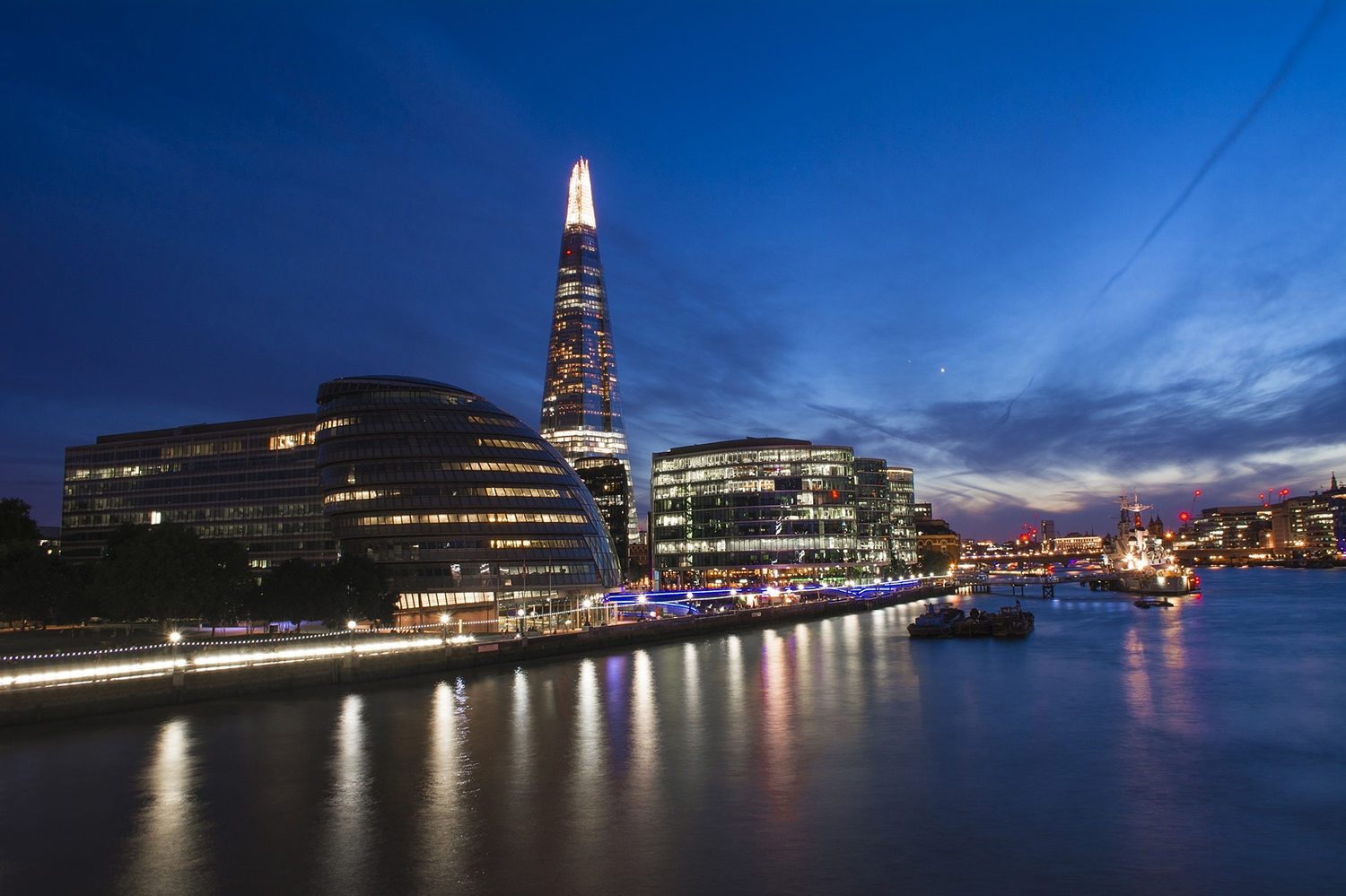
Why Cities Should Be Planned for Night – and Not Just Day
août 28, 2017 — Uncategorized
The Anglo-Saxon planning system that guides our towns and cities in North America is not fit for purpose. The reason I say this is that the rules and guidelines that determine what is built where and why ignores the length of our day. The concept and practice of planning urban areas is tailored almost exclusively to daytime functions. This means, intentionally or not, the needs of the nighttime are overlooked from a planning perspective. This creates significant tension in our town centres and central business districts around the world.
This is one of the primary reasons cultural and entertainment venues are struggling in city centres around the world. In London, one-third of all music venues have closed in the last ten years and around half of all nightclubs. In Toronto, seven music venues have closed in 2017 alone. These trends are echoed everywhere. If these challenges are addressed in planning, we can surmise that two opposing needs of urban residents at night – those who want to sleep and those who want to go out – are not considered at the same time and place, making it difficult to consciously cater for both. Planning, being a blunt tool, classifies commercial, industrial or residential, leaving little leeway for culture as growing pressure on living space means residential areas are encroaching into crowded urban areas, putting residents closer to entertainment or commercial uses. If managed appropriately through mixed-use planning, strict guidelines and modern development practices, this would energise our towns and cities. Instead, in practice, it leads to noise complaints, ordinances, infractions and conflicts.
No one individual is to blame and there is no single reason why businesses close their doors. But, if we take a closer look at our cities’ blueprints and explore how our cities are mapped, designated and planned, planning for nighttime is frighteningly absent. While all cities need more homes for more people, the cultural reasons many of us choose life in cities are under threat. I believe this boils down to the historical framework that guides how we plan. If we plan for the daytime but license at night, we create a reactionary system after 7:00 p.m. where everyone loses. If buildings are not fit for purpose, for example, or allowed to be constructed without considering their local environment, those that inhabit them are affected. It makes it incredibly difficult to positively plan for all scenarios.
We need a global, 24-hour planning system to ensure we are building better towns and cities for us all, whatever activities we choose to participate in after 7:00 p.m. There are many examples of city leaders demonstrating tools and mechanisms that work through planning. In San Francisco, the city entertainment licensing agency, the San Francisco Entertainment Commission, are statutory consultees on planning applications within 300 feet of an entertainment premises. This includes condos, office blocks and hotels. In London, music venues are being planned within mixed use developments from the very beginning of the master planning process, including one in Vicarage Field in the city’s eastern suburbs and the Old Vinyl Factory, in the west. In New York City, the Mayor is creating a Nighttime Ambassador position to tackle a host of issues including burdensome regulations for licensed operators. In the United States alone, over 40 cities have a Nighttime Mayor or a Nighttime Manager. The State of Florida is even developing a network to support them. Much of this work is about compliance, policing, safety and noise, but it legitimises a need to plan at night – and provides the appropriate support to manage this plan.
Much of this is framed around the need to increase nightlife, but this is not the case. It is about legitimising, planning and thinking about life at night – from now into the future – and how it affects the places we choose to live. Only London has a vision for developing and managing its nighttime economy – and it is less than one month old – a document that proactively projects and proposes a plan, rather than waiting for something to happen. This is just beginning. Every city should plan all day, all 24 hours, and while life at night means something different in each city, every city experiences night, and it is the same amount of time for all of us.